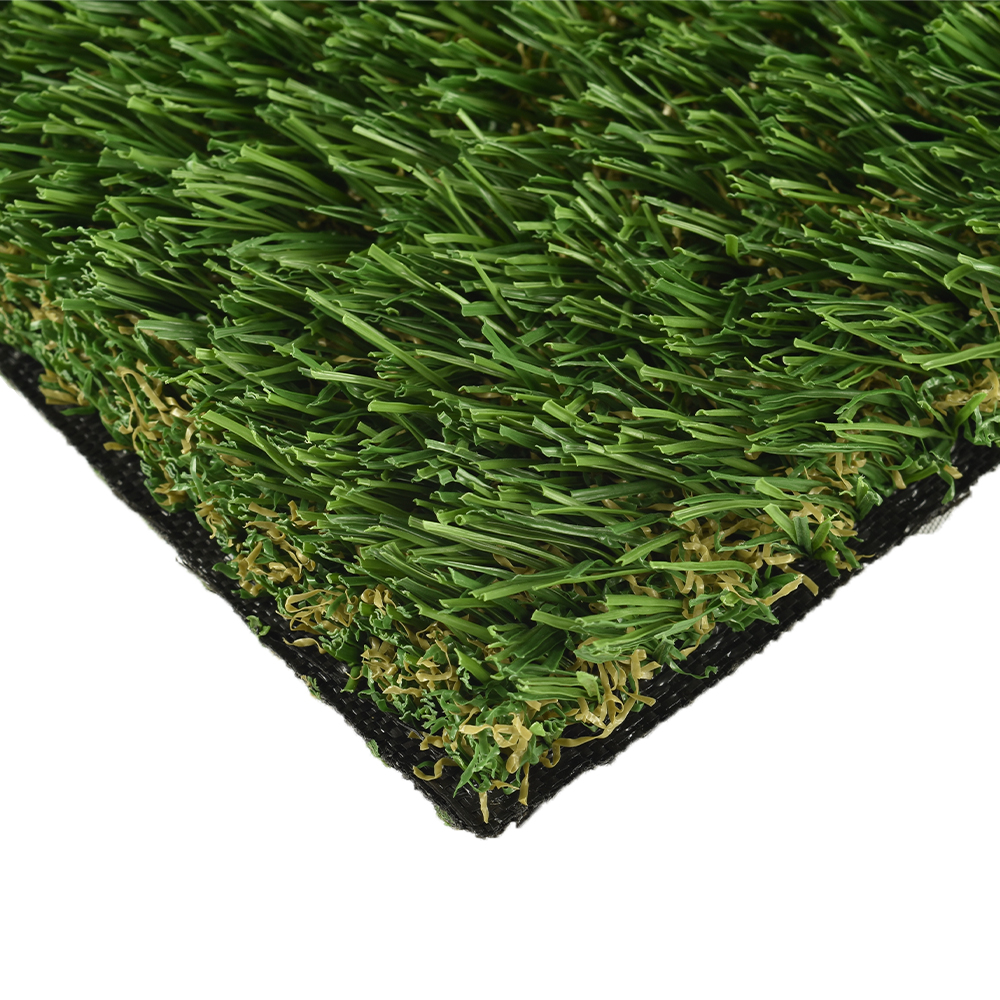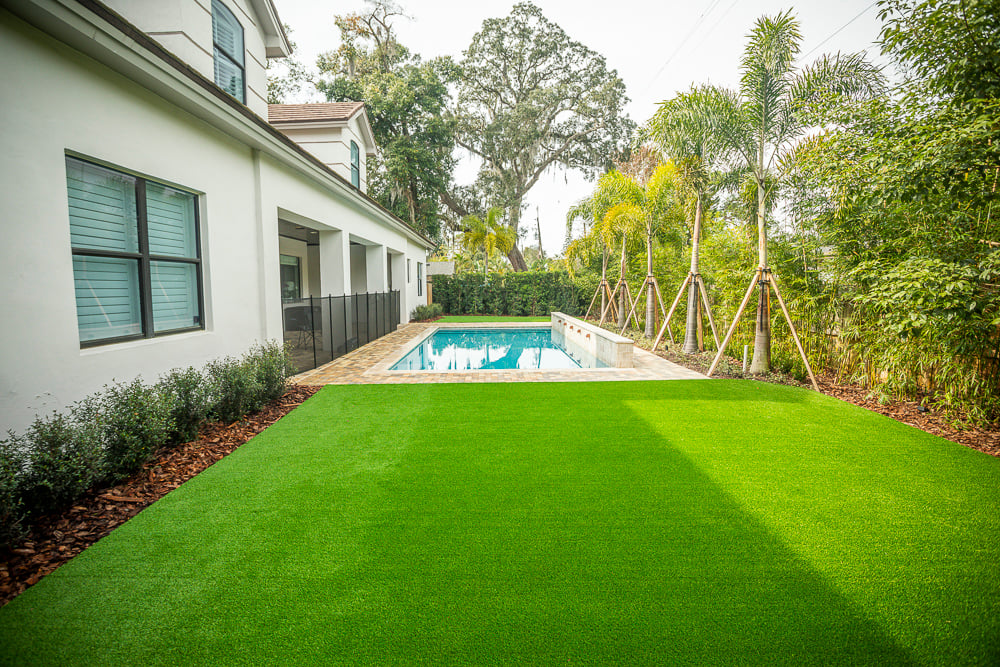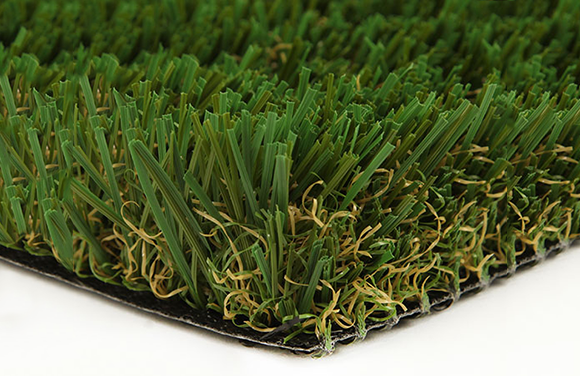Environmentally Safe Arizona Artificial Turf for a Year-Round Lush Green Lawn
Environmentally Safe Arizona Artificial Turf for a Year-Round Lush Green Lawn
Blog Article
Explore the Environmental Advantages of Opting for Artificial Grass Solutions
The fostering of fabricated grass services provides a compelling chance to address pressing environmental challenges. By dramatically decreasing water use and decreasing the application of damaging chemicals, these choices not only promote lasting landscaping but additionally safeguard local environments.
Water Preservation Advantages
Among the most significant advantages of synthetic grass is its ability to preserve water. Traditional grass lawns require considerable irrigation, specifically in locations vulnerable to dry spell or water restrictions. On the other hand, synthetic grass does not need watering, significantly decreasing the general demand for water resources. This attribute is especially advantageous in deserts where water shortage is a pushing concern.
By getting rid of the need for routine watering, synthetic grass adds to sustainable landscape methods and assists mitigate the environmental influence of excessive water intake. The conservation of water prolongs to the reduction of overflow, which can lead to dirt disintegration and river air pollution.
In addition, the installment of synthetic grass allows towns and property owners to designate water resources extra effectively, concentrating on vital usages such as alcohol consumption water and agriculture. The shift in the direction of synthetic grass not just advertises liable water use but additionally straightens with broader environmental objectives focused on maintaining natural deposits.
As neighborhoods significantly focus on sustainability, the water conservation benefits of artificial turf present a compelling case for its fostering in property and industrial landscape design jobs.
Lowered Chemical Use
The shift to synthetic grass substantially reduces the dependence on chemical therapies typically used in all-natural turf maintenance. Typical lawn administration generally involves the application of fertilizers, pesticides, and herbicides to promote growth and control parasites. These chemicals can present risks to human wellness, neighborhood wild animals, and the setting, adding to soil and water contamination.
On the other hand, man-made lawn gets rid of the demand for these damaging materials. As soon as installed, it calls for minimal maintenance, mainly being composed of normal cleaning and occasional infill replenishment. This reduction in chemical usage not only benefits the instant environment however additionally adds to broader eco-friendly stability. By lessening the release of artificial substances into the community, synthetic lawn advertises healthier dirt and water supply.
Additionally, the lack of chemical drainage associated with synthetic grass setups assists secure neighborhood waterways from pollution, supporting marine life and maintaining biodiversity. Arizona artificial turf. As neighborhoods significantly focus on sustainable methods, going with synthetic grass presents a feasible remedy that lines up with environmental preservation goals. With this shift, homeowner can delight in lush green areas without endangering eco-friendly health and wellness, leading the way for a much more sustainable future
Reduced Carbon Impact

Moreover, the installment of fabricated grass can cause substantial water conservation. Natural lawns require significant quantities of water for watering, which not just contributes to the carbon impact related to water removal and treatment however also strains why not try these out regional water sources. In contrast, man-made lawn requires minimal upkeep, calling for no watering, therefore considerably reducing water usage and its associated energy prices.
In addition, the long life of synthetic grass contributes to its lower carbon effect. With a life-span of up to 15 years or more, the need for regular replacements is decreased, causing much less waste and reduced energy intake in manufacturing and getting rid of conventional grass options. In general, synthetic lawn offers a lasting alternative for environmentally mindful landscape design.
Environment Preservation
Environment preservation is an important factor to consider in the argument over landscape design options, especially when comparing synthetic grass to all-natural grass. Natural yard yards frequently call for considerable maintenance, including making use of chemicals, herbicides, and plant foods, which can negatively impact neighborhood ecological communities. These chemicals can seep right into the dirt and waterways, hurting indigenous vegetation and fauna and interrupting neighborhood environments.
Fabricated turf gets rid of the need for harmful chemicals, thus safeguarding nearby wild animals and preserving the integrity of bordering environments. The installment of synthetic lawn can lead to the conversion of former grass locations into more biodiverse landscapes, such as pollinator yards or native plant locations, which can sustain local wild animals.
Ultimately, the shift to fabricated turf not just conserves water and lowers upkeep efforts however additionally promotes an extra harmonious partnership between human activities and the natural environment, advertising habitat conservation while doing so.
Long-Term Sustainability
Long-term sustainability is a critical aspect in examining the advantages of synthetic grass over conventional turf yards. One of one of the most significant advantages of man-made turf is its toughness; it can last approximately 15-20 years with marginal maintenance, whereas natural lawn requires constant reseeding and replacement. This durability lowers the demand for constant resources, such as water, fertilizers, and pesticides, which are essential for keeping a healthy and balanced yard lawn.
Additionally, synthetic grass adds to a decrease in carbon exhausts related to grass care devices. Traditional lawns commonly need gas-powered lawn mowers, trimmers, and blowers, all of which add to air pollution. Arizona turf. In comparison, synthetic grass eliminates the need for such equipment, advertising a cleaner atmosphere
Furthermore, the manufacturing of synthetic turf progressively utilizes recycled products, boosting its sustainability account. As manufacturers embrace environmentally friendly methods, the ecological footprint of man-made lawn remains to lessen.

Conclusion
The adoption of synthetic grass remedies offers substantial ecological advantages, including significant water conservation, decreased reliance on unsafe chemicals, and a lower carbon impact. Moreover, synthetic grass help in preserving all-natural environments by decreasing land disturbance and advertising long-lasting sustainability with using long lasting materials. Jointly, these variables highlight the possibility of synthetic grass to contribute favorably to environmental health and wellness and provide a feasible option to traditional landscaping practices in a progressively resource-conscious world.
In contrast, artificial lawn does not need watering, considerably reducing the overall demand for water resources. By reducing the launch of artificial compounds right into the ecosystem, man-made grass advertises healthier dirt and water systems.
Additionally, the setup of artificial lawn can result in substantial water conservation. In comparison, man-made grass needs minimal upkeep, calling for no watering, thereby considerably lowering water usage and its linked energy prices.

Report this page